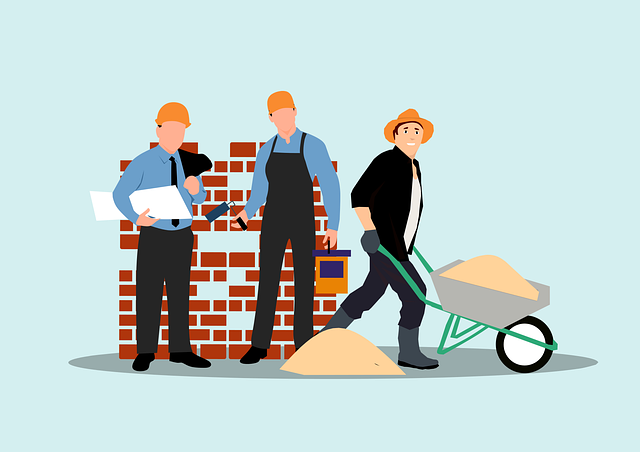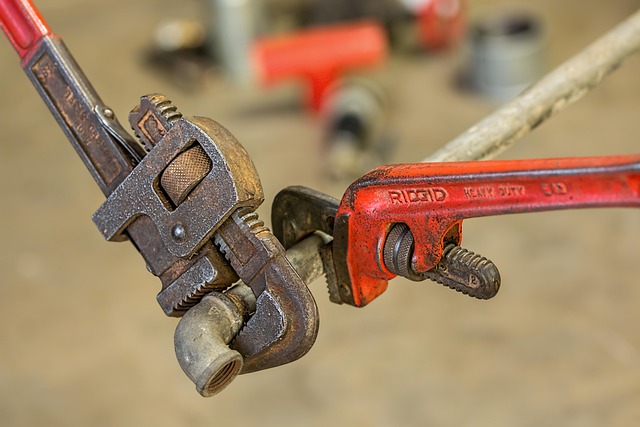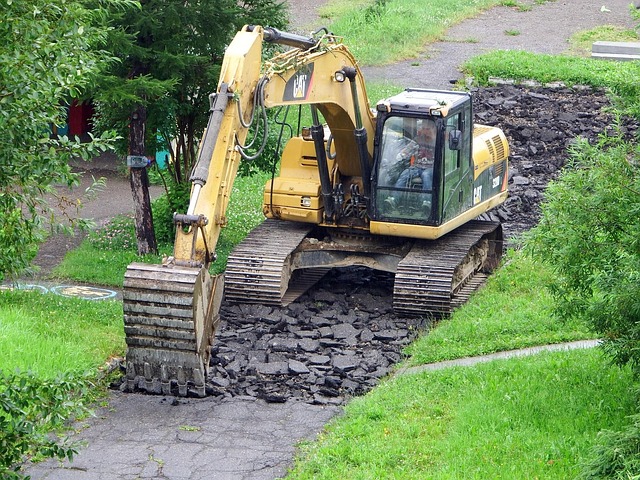Protect Asphalt Investment: Albany NY Repair & Maintenance Guide

Asphalt degradation in Albany, NY is accelerated by weather, traffic, and pollution, leading to cracks, potholes, and damage. Regular maintenance, inc…….
Welcome to an in-depth exploration of a critical aspect of urban infrastructure maintenance—asphalt repair in Albany, New York. This article aims to shed light on the practices, technologies, and considerations surrounding this essential process, which plays a pivotal role in ensuring safe and efficient transportation networks. Albany, with its bustling streets and extensive road systems, serves as an ideal case study for understanding the challenges and opportunities in asphalt repair. By delving into various facets of this topic, we will equip readers with valuable insights, enabling them to appreciate the complexity and significance of maintaining our city’s roads.
Asphalt repair refers to the process of restoring and rejuvenating asphalt pavements that have deteriorated or become damaged over time. In the context of Albany NY, this involves several key components:
The practice of asphalt repair has evolved significantly over the years, driven by advancements in materials science and construction techniques. In Albany, as in many cities, the historical approach involved simply filling potholes as they appeared. However, with increasing traffic volumes and changing environmental conditions, more comprehensive repair methods became necessary. Modern asphalt repair techniques aim to extend the life of pavements, reduce maintenance costs, and ensure safer driving conditions.
Albany’s roads are vital for both local transportation and connecting surrounding areas. Effective asphalt repair is essential for:
The concept of asphalt repair is not limited to Albany or even the United States. Cities worldwide face similar challenges in maintaining their road infrastructure. Several global trends shape the landscape of asphalt repair:
Different regions face distinct challenges due to variations in climate, geography, and traffic patterns:
| Region | Key Challenges | Solutions |
|---|---|---|
| Northern Climes | Extreme cold causes seasonal damage and cracking. | Use of warmer mix designs and anti-crack additives. |
| Arid Regions | High temperatures and lack of moisture lead to rapid deterioration. | Incorporation of rubberized asphalt and sealers for enhanced durability. |
| Coastal Areas | Saltwater corrosion and high humidity impact pavement integrity. | Specialized coatings and materials resistant to saltwater damage. |
The asphalt repair market in Albany, like many cities, operates within a dynamic economic environment:
Investment in road infrastructure, including asphalt repair, is driven by several factors:
Technological advancements have revolutionized asphalt repair processes:
Technological innovations offer significant advantages:
Asphalt repair in Albany is subject to various policies and regulations that ensure quality, safety, and environmental compliance:
Policies play a crucial role in shaping the asphalt repair industry:
Despite significant advancements, asphalt repair faces several challenges:
Addressing these challenges requires a multi-faceted approach:
The following case studies highlight successful asphalt repair projects in Albany:
Case Study 1: State Highway Rehabilitation
Case Study 2: Urban Street Repair Initiative
The future of asphalt repair in Albany holds several promising avenues:
Emerging trends shaping the industry include:
To capitalize on future opportunities, stakeholders should:
Asphalt repair Albany NY is a complex yet vital process that significantly impacts urban infrastructure and transportation networks. This article has explored various facets, from historical context and global influences to technological innovations and policy frameworks. By delving into challenges, case studies, and future prospects, we have gained valuable insights into the dynamic world of asphalt repair.
As Albany continues to grow and evolve, effective management of its road infrastructure will be crucial for economic prosperity, public safety, and environmental sustainability. The strategies and technologies highlighted in this article provide a roadmap for navigating the challenges ahead while embracing emerging opportunities. By staying informed and proactive, city planners, contractors, and community members can ensure that Albany’s roads remain well-maintained, efficient, and resilient.
Q: How often should asphalt repairs be conducted?
A: The frequency of asphalt repairs depends on various factors, including traffic volume, weather conditions, and pavement age. Regular inspections are crucial to identify early signs of deterioration, allowing for more timely and cost-effective repairs.
Q: Are there any environmental benefits to using eco-friendly asphalt materials?
A: Absolutely! Eco-friendly materials, such as recycled asphalt and bio-based binders, reduce the carbon footprint of production and contribute to a more sustainable environment. They also often perform well in various climates, ensuring long-lasting results.
Q: How can I, as a property owner, help improve the process of asphalt repair?
A: Property owners can contribute by maintaining clear drainage systems, avoiding excessive speeding, and reporting road defects promptly to local authorities. These actions support efficient maintenance and ensure that repairs are targeted where they’re most needed.
Q: What role does technology play in modern asphalt repair?
A: Technology has revolutionized asphalt repair with advanced materials, precise equipment, data analytics, and smart pavements. It enhances efficiency, reduces costs, and improves long-term pavement performance.

Asphalt degradation in Albany, NY is accelerated by weather, traffic, and pollution, leading to cracks, potholes, and damage. Regular maintenance, inc…….

Evaluating and addressing asphalt damage on your Albany NY driveway is crucial for longevity. Minor cracks and holes can be treated preventively, whil…….

Albany businesses seeking asphalt maintenance contracts for driveways and lots should focus on comprehensive agreements covering regular repairs, crac…….

Efficient asphalt repair in Albany, NY, is crucial for maintaining infrastructure. Early damage identification prevents safety hazards and costly futu…….

Resurfacing concrete driveways in Albany, NY, costs $50-$150 per square foot, with factors like damage extent and material type influencing prices. As…….

Evaluating and repairing asphalt damage in Albany NY apartment complexes requires detail-oriented inspection for safety and aesthetics. Regular mainte…….

Understanding asphalt degradation factors in Albany, NY, is crucial for extending driveway and sports field lifespans. Regular temperature extremes, t…….

Damage assessment determines repair method for Albany, NY driveways. Clean, patch small cracks with asphalt kits, or resurface extensive damage. Local…….

After a flood in Albany, NY, assess pavement damage like cracks and delamination, prepare the surface, choose repair methods (localized or comprehensi…….

Asphalt damage in Albany NY apartment complexes requires immediate attention due to weather and traffic. Regular maintenance, including repairs, drain…….